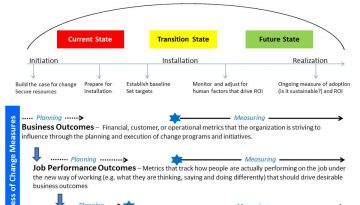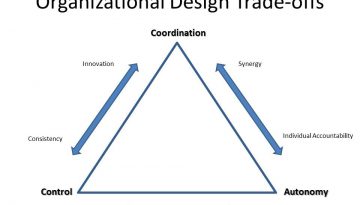I found myself furrowing my brow and scratching my head while talking to a client the other day. Dumbfounded by the direction of the conversation, I was thinking, “What is he thinking? Approaching the solution that way will only perpetuate the problem we are trying to solve!” Then I realized this: Clients don’t hire consultants… Read More
Uncategorized
Making Meeting “Smoothies” – Blending Facilitation Techniques
I’ve been studying, experimenting, and practicing how to implement large group methods, like those described in The Change Handbook, in important meetings for years. To me, these methods are one of the keys to creating sustainable change, because they create the conditions for meeting participants to drive the conversation, and thus, the energy to do something… Read More
Four Simple Rules for Networking with Intent
When I started my consulting business three years ago, I knew that I needed to get a pulse on what was happening in and around my city so that I could better position and market my services. I spent the better part of six months attending different lunches, seminars, happy hours, conferences, and volunteering for… Read More
Powerful Data = Fuel for What’s Next
Do you get that queasy feeling when you think about delivering difficult messages to clients, peers, or members of your team? Do you avoid conflict at all costs? Do you sugar coat your feedback to soften the blow for others? Do you cringe in anticipation when others tell you that they would “like to give… Read More
Building Change Leaders, from the Ground Up
Where do we learn to lead change? For some of us, we start develop our skills in childhood. For me, team-based activities such as volleyball, precision figure skating, and marching band served as a significant learning laboratory for many of life’s lessons. I learned perseverance, sacrifice, leadership, and hard work. I also learned to help… Read More
Measuring Change at the Process and Outcome Levels
To determine the success of organizational changes, we need both outcome and process measures. Outcome measures help us understand what we’ve achieved. Process measures help us understand how our activities and efforts are unfolding and being received by others. The graphic below depicts the types of outcome and process measures that change leaders can help… Read More
How do we gauge where we are if we don’t know where we are going?
Often the hardest part of implementing any change program (e.g. an IT implementation, a business unit restructuring, a training and development program) is determining whether the change had the positive impact that its sponsors intended. The difficulty of assessing success comes from three sources: 1) Lack of clarity around purpose for the program, project, change,… Read More
Thinking in Threes
Centralize vs. decentralize. Authoritative decisions vs. consensus-based decisions. Top-down vs. bottom up change. How many times do people in organizations get stuck thinking that there are only two variables in any one organizational challenge? Worse yet, how often do people try to negotiate the distance between the variables by finding some type of middle ground,… Read More
Appreciating the Complexity of Group Processes
A group of five newly affiliated professional colleagues is tasked with creating a children’s game out of a set of disparate objects: a box of crayons, Chinese yoyos, a packet of chocolate bars, plastic clapping hands, and other assorted games and toys. While the group sets out on their task, nearly 20 other observers watch, chart, and note… Read More
The Importance of Framing
If you’ve ever been in charge of leading a group or facilitating a workshop, you probably know that framing is one of the most important skills of the convener. Framing is what we do when we set up an activity, give instructions, or lead participants through a series of questions to arrive at a conclusion…. Read More


